Houses in an Imaginary Landscape
Samuel Bak
1970
Image
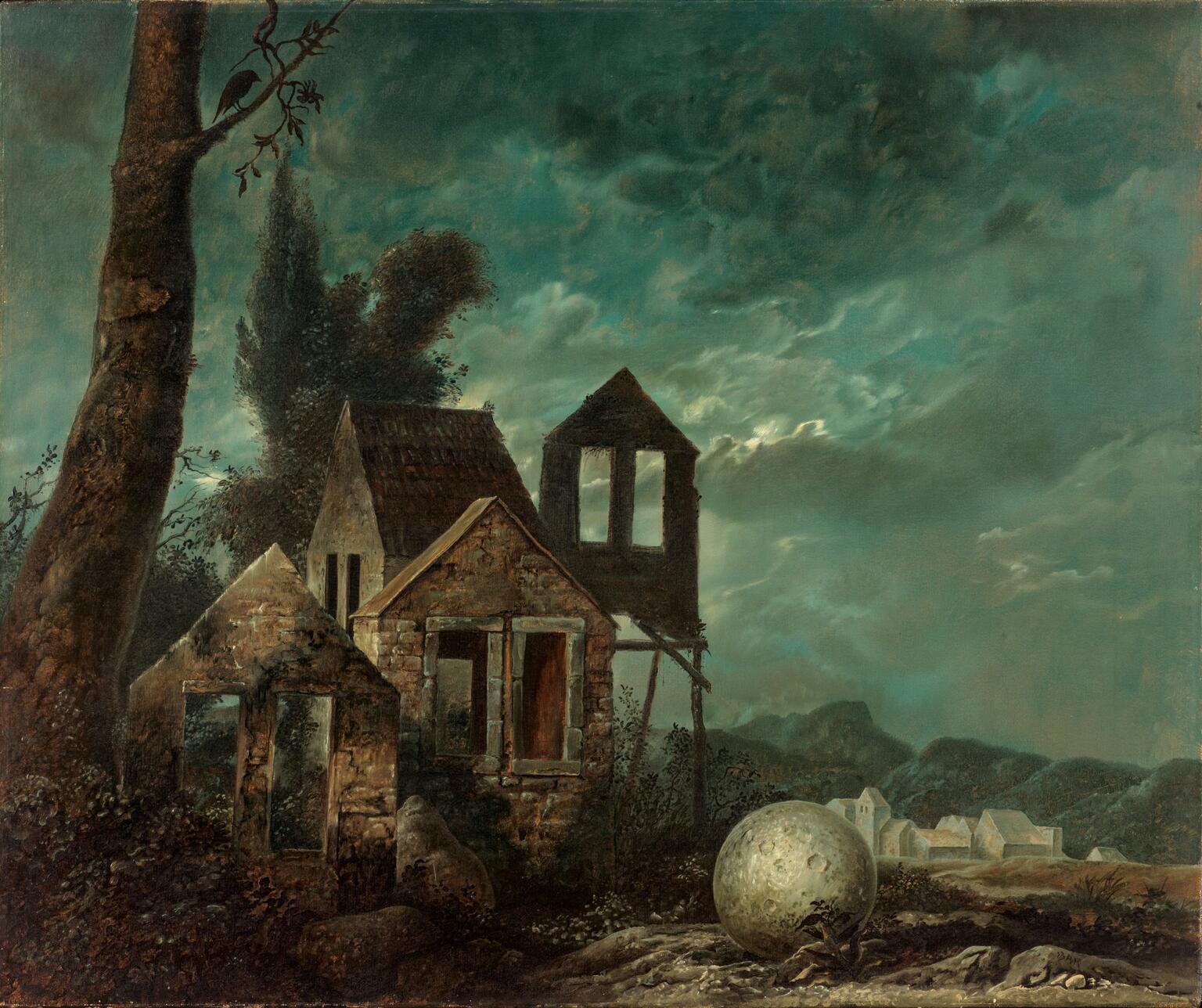
Engage with this Source
Related Guide
Visual and Material Culture in the Mid-Twentieth Century
1939–1973
Jewish visual art flourished and diversified in the postwar period, reflecting the social and political transformations taking place in the world.
Creator Bio
Samuel Bak
b. 1933
Painter Samuel Bak was born in Vilna a few years before the start of World War II. His talent was recognized when he was still a child, and his work was exhibited in the Vilna Ghetto when he was nine years old. He went into hiding with his parents during World War II, but only he and his mother survived. When he immigrated to Israel in 1948, he enrolled at the Bezalel School of Arts and Crafts. Later he lived in Paris and studied at the École des Beaux-Arts. Many of Bak’s paintings focus on commemoration and memory of the Holocaust, and he is particularly well known for his surrealistic still lifes. He lives in Massachusetts.
You may also like
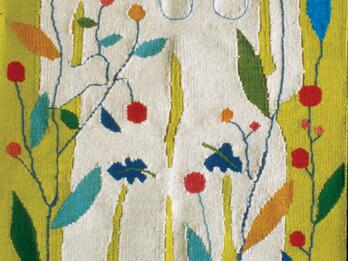
Adam and Eve
This wall hanging by Saul Borisov depicts Adam and Eve, naked but for fig leaves, not separate beings but still attached to one another, possibly hiding from God after eating the fruit from the…
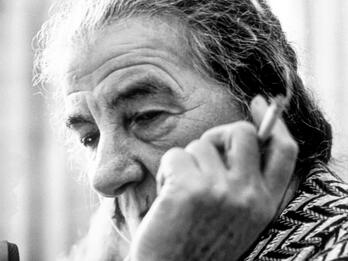
Golda Meir
Micha Bar-Am took this intimate photograph of Golda Meir soon after she became prime minister of Israel. She was the world’s fourth female prime minister and, as of 2022, the only woman to hold the…

Exhibition Announcement, Jack Glenn Gallery, Artforum, October 1970
This ad for an exhibition at California State University Fullerton was intended as a manifesto. The artist Judy Gerowitz announced that she was divesting herself of “all names imposed upon her through…
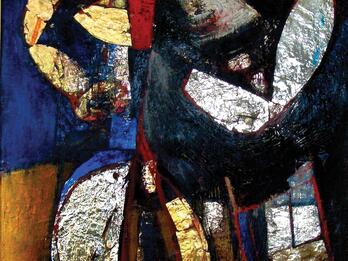
Beauty
Moses Feigin painted both realist and abstract paintings, sometimes mixing both styles in one painting. In the late 1960s, he became fascinated by the world of the carnival, seemingly evoked by the…
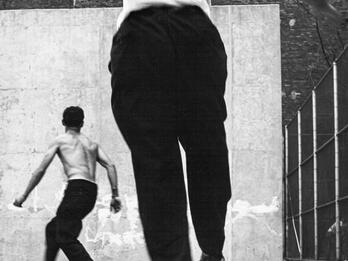
Handball Players, Houston Street, NY
Leon Levinstein, widely admired for his street photography, held himself at a distance from the art world and never produced a book of his work. He kept his day job as a graphic designer and went out…
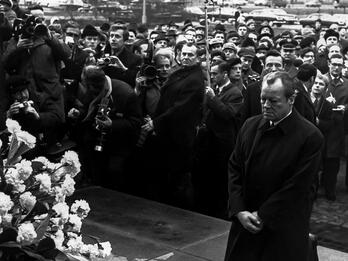
West German Chancellor Willy Brandt Kneels in Front of the Jewish Heroes Monument Paying Tribute to Jews Killed by the Nazis during the 1943 Uprising in the Warsaw Ghetto, December 7, 1970
German Chancellor Willie Brandt went down on his knees at the monument to the Warsaw Ghetto Uprising on a trip to Poland. He was there to sign the Treaty of Warsaw, a key element of his “Ostpolitik,”…

